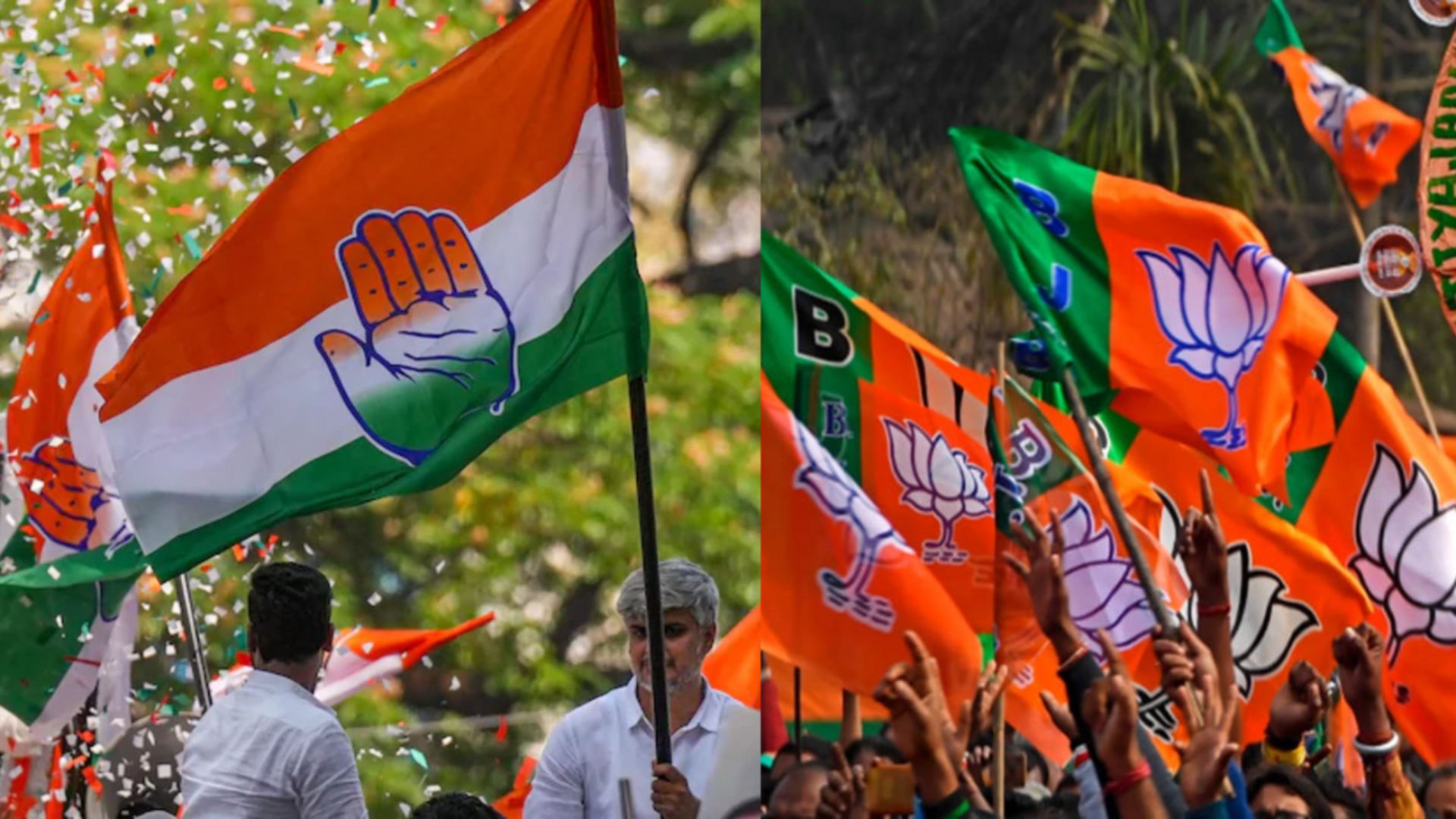In the 2019 elections, the BJP won 50 and the Congress secured just 16 of the 76 seats.
NEW DELHI: The BJP-led Mahayuti and Congress-led Maha Vikas Aghadi alliances are gearing up for a crucial battle in the Maharashtra Assembly elections on Wednesday. This election holds significant importance for both parties. While the BJP is reeling from setbacks in the Lok Sabha elections, the Congress faces internal challenges following a poor performance in the recently concluded Haryana elections. With both parties in a direct contest on 76 out of 288 assembly seats, the outcome of these battles could determine which alliance ultimately forms the government in Maharashtra.
In the 2019 Assembly elections, the BJP and Congress went head-to-head in 66 seats, with the BJP winning 50 and the Congress securing just 16. For the 2024 elections, key battlegrounds include Vidarbha, Western Maharashtra, North Maharashtra, Marathwada, and Konkan. Vidarbha is particularly crucial, as it has the largest number of directly contested seats—36. In 2019, the two parties clashed in 31 seats here, with the BJP winning 23 and the Congress taking eight. Both state party leaders, Deputy Chief Minister Devendra Fadnavis of the BJP and Vijay Wadettiwar for the Congress, hail from
Mumbai, with its 36 assembly seats, saw the BJP and Congress compete in 12 constituencies in 2019, where Congress managed to win only one.
In Northern Maharashtra, the parties faced off on six seats, with Congress securing two victories. In Marathwada, 10 constituencies witnessed direct contests, with Congress winning three. Both parties are revisiting these important regions as they strive to strengthen their positions in the 2024 elections.
In this election, the Congress aims to leverage the anti-incumbency sentiment, particularly in constituencies where it narrowly lost to the BJP in the last polls. The party is also focusing on retaining its stronghold in Nagpur North and West, which it won in 2019. Highlighting issues like farmer distress and local development—factors that weakened the BJP previously—the Congress is employing its “DMK formula” to appeal to Dalit, Muslim, and Kunbi voters. The party is also emphasizing on youth employment and development issues to replicate its Lok Sabha success.
Meanwhile, the BJP is focused on retaining its seats by relying on the popularity of its local and central leaders, who have conducted numerous roadshows, and its robust organizational network. The party is working to consolidate OBC support while also reaching out to Dalit communities. Over the past six months, a dedicated team has been engaging with voters across the state. Additionally, the RSS has intensified its grassroots outreach, particularly in Vidarbha, bolstering the BJP’s efforts to strengthen its position.
A political analyst with deep knowledge of Maharashtra politics commented that the outcomes of these direct contests will be pivotal in determining who forms the next government. He described these seats as battlegrounds that could tip the scales either way. He noted the BJP’s focus on consolidating the OBC vote bank and observed that the political landscape has shifted since the Lok Sabha elections, which were a setback for the BJP, just as the Haryana elections were for Congress. He added that Congress’ performance in Maharashtra will be closely watched, as it faces the BJP in direct contests across 76 seats. Historically, Congress has struggled in head-to-head battles with the BJP, as seen in the Haryana and Jammu and Kashmir Assembly elections.

